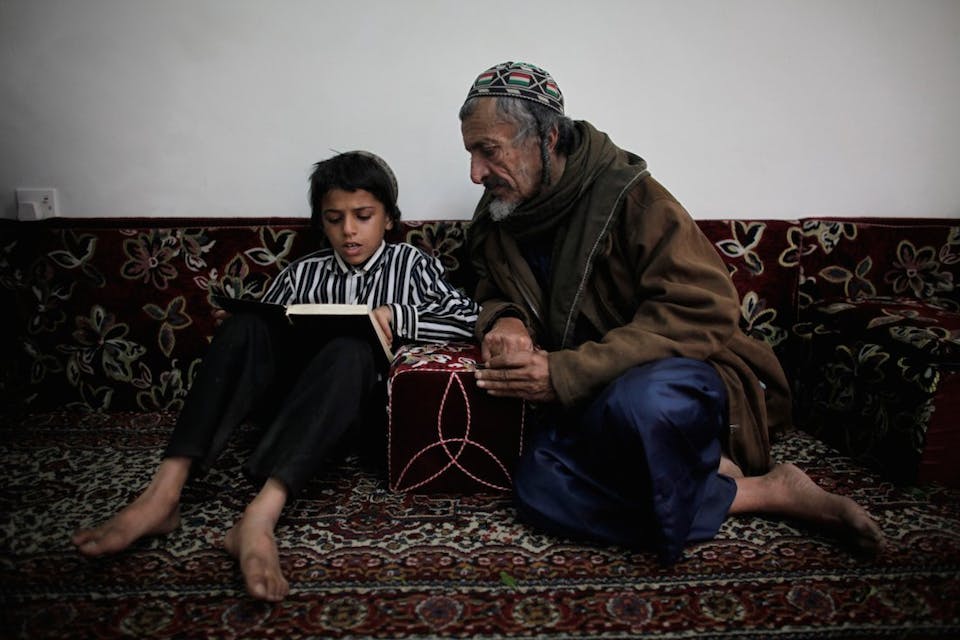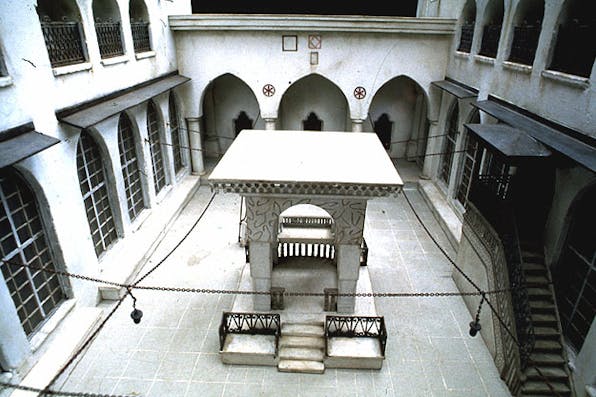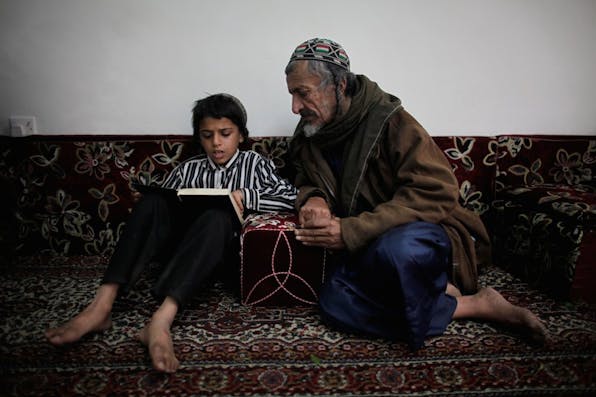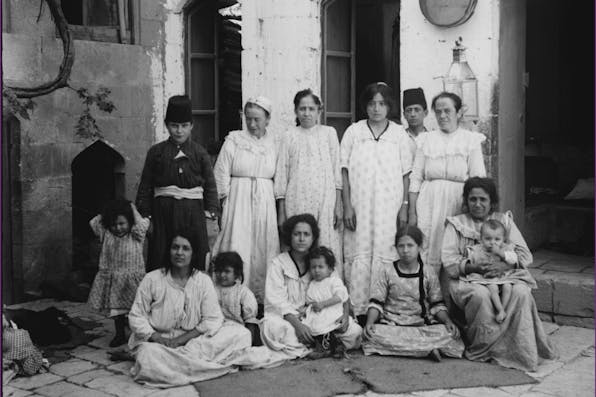
June 16, 2014
Leaving Lithuania
There are many facets of the Mizrahi story that remain unknown.
Matti Friedman’s “Mizrahi Nation“ is a thoughtful, engaging, and highly commendable introduction to an overlooked dimension of Israeli history and society. Wisely warning at the outset that he won’t “try to offer anything resembling a comprehensive history,” Friedman nevertheless succeeds in highlighting many of the important ways in which Middle Eastern sensibilities now inform manners and mores in the Jewish state. Naturally I have a few quibbles, but in what follows I intend not to argue with his narrative but to supplement it.
Even to students of the Israeli scene, there are many facets of the Mizrahi story that remain unknown. One that deserves special attention is the work of Middle Eastern rabbinic scholars and thinkers in Israel, most of whom—aside from the late Rabbi Ovadia Yosef, mentioned by Friedman—fly under the radar.
Perhaps the most helpful way to introduce Middle Eastern forms of Judaism is by contrasting them with the black-and-white world of “Lithuanian” ultra-Orthodoxy. This dominant form of Ashkenazi Judaism, in Israel as in the Diaspora, promotes an idealized image of the East European past as the supreme expression of authentic Jewish religiosity. In the Lithuanian image, real men spend all of their time in study halls, single-mindedly investigating the Talmud, the treasure-house of Jewish law and lore.


